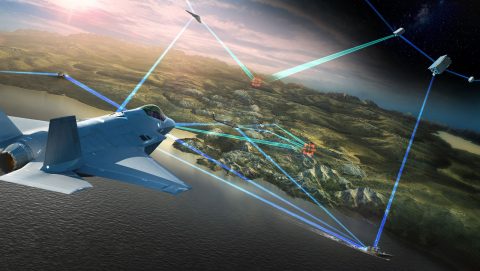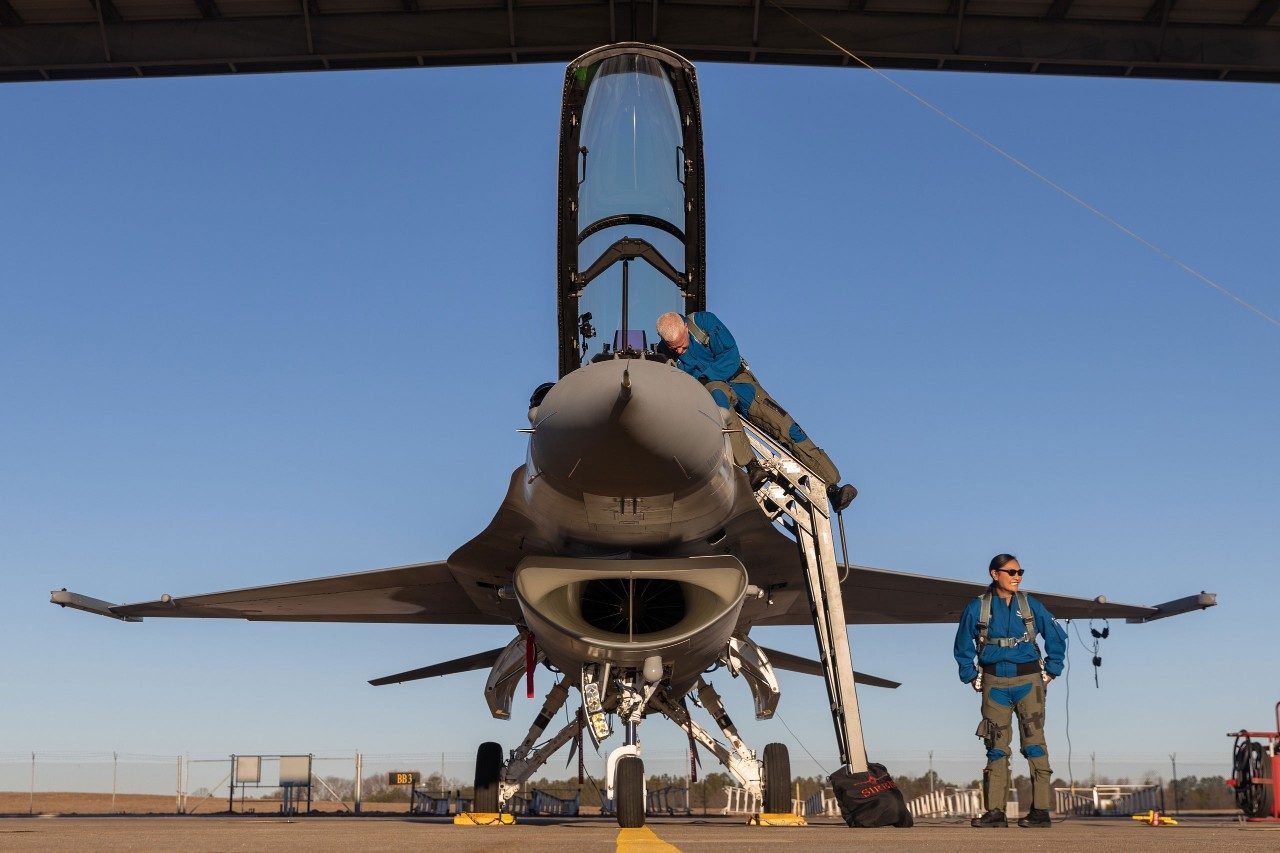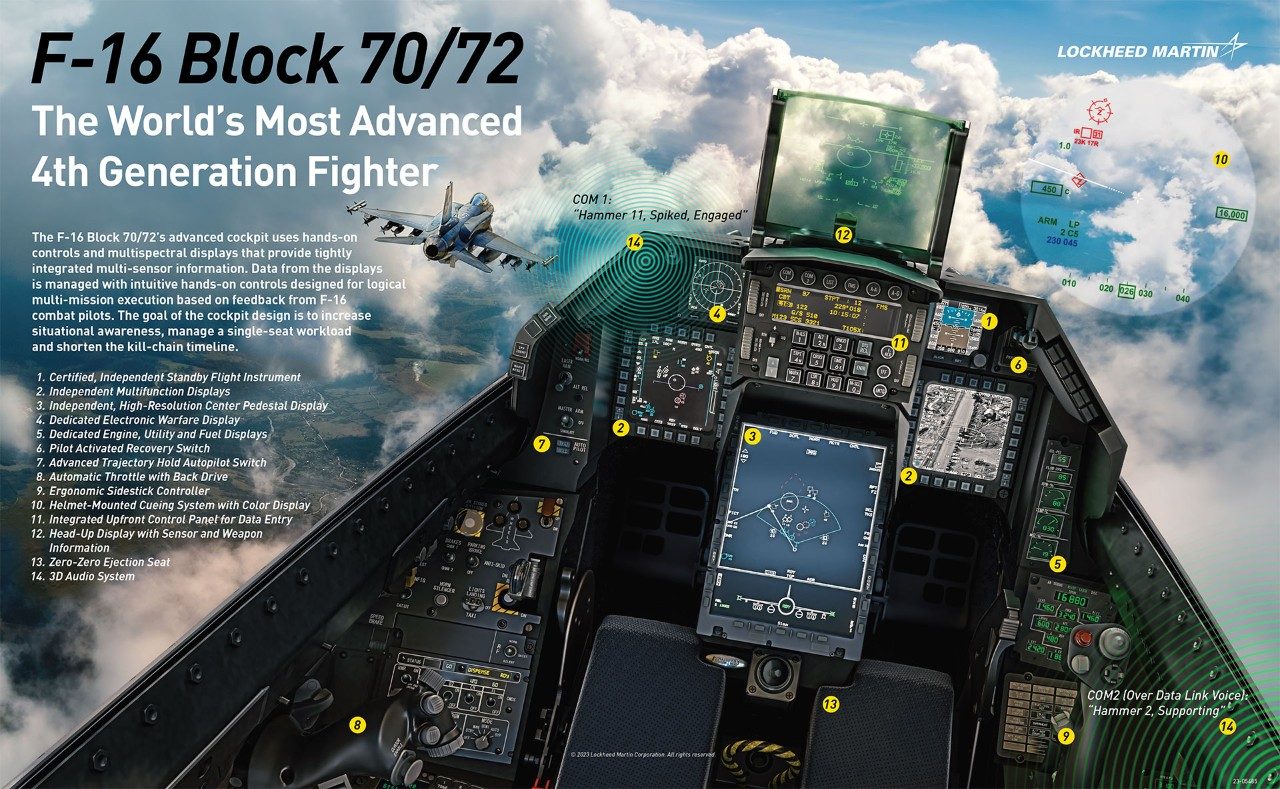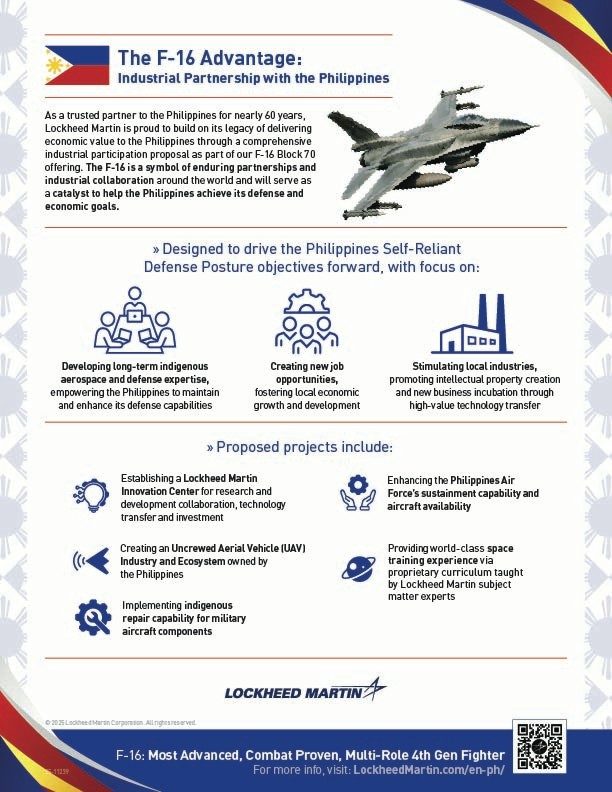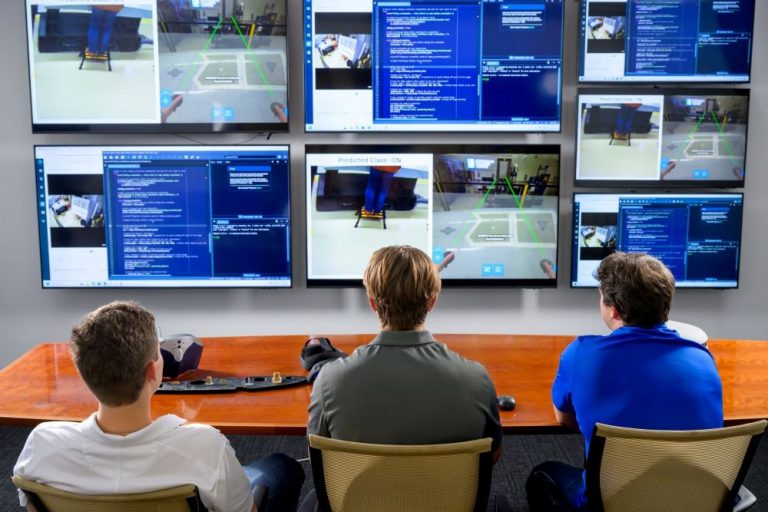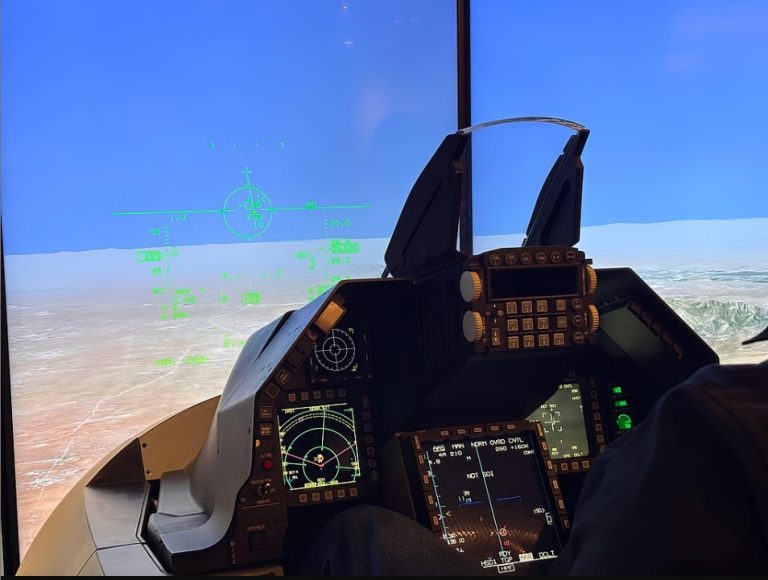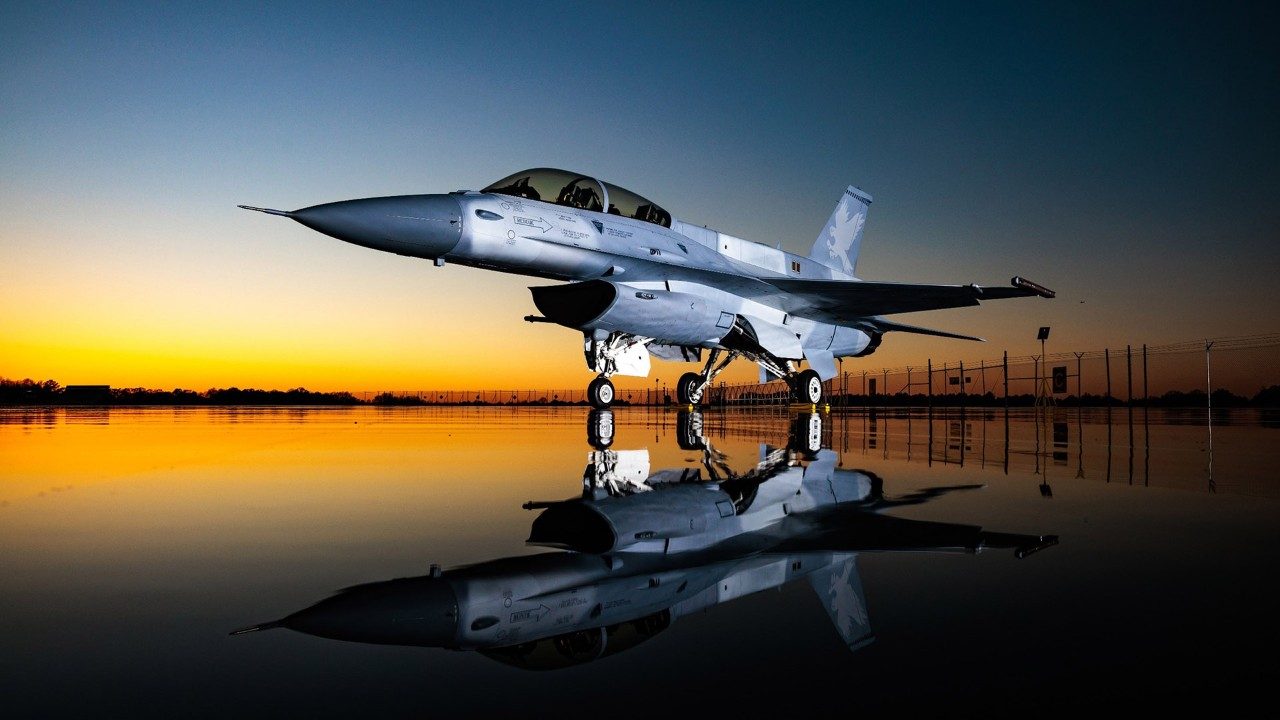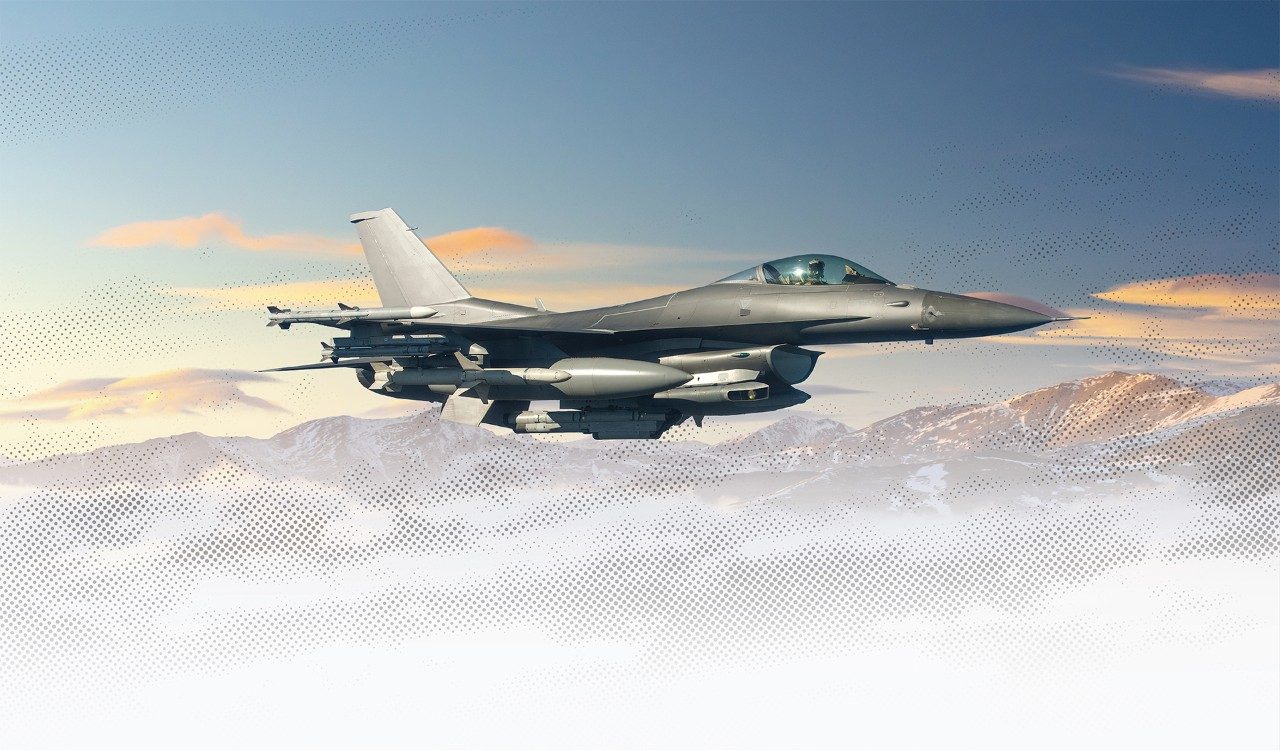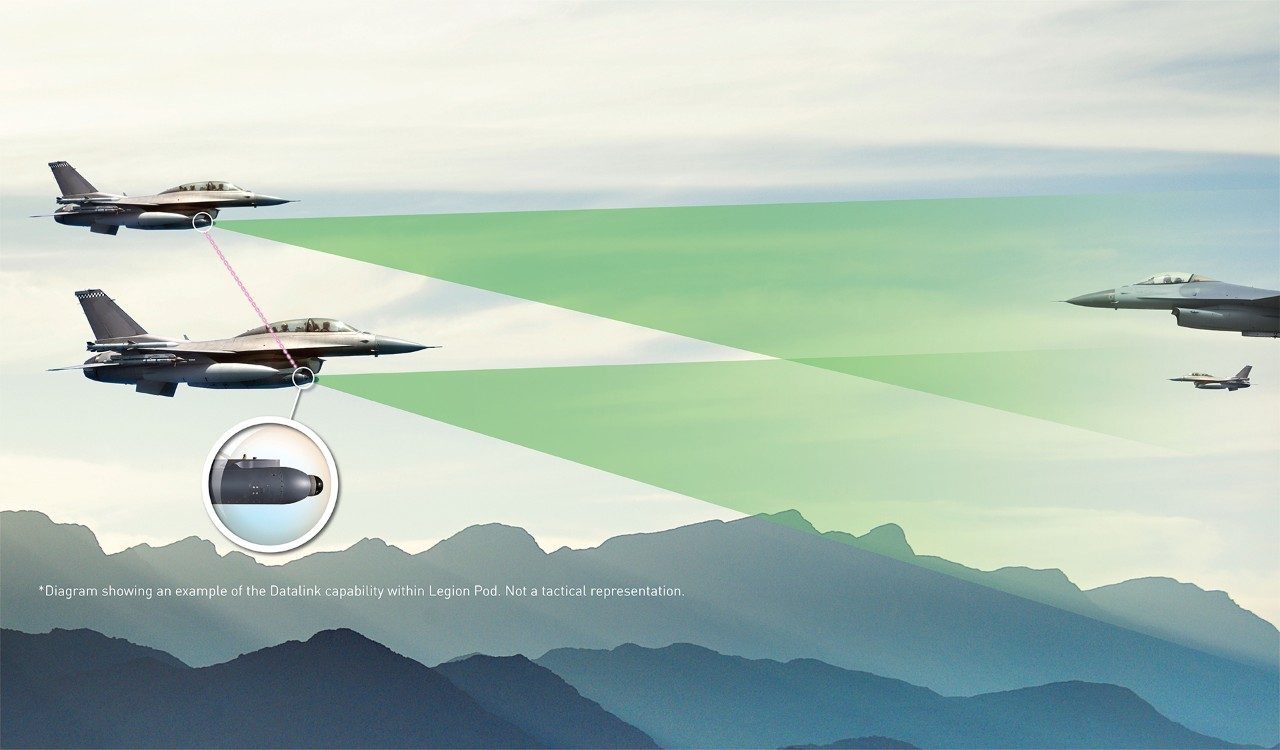Introduction
For nearly 60 years, Lockheed Martin has been a trusted partner to the Republic of the Philippines’ defense and aerospace industry, supporting skills and building technical capabilities across the S-70i and C-130.
Now, as the Philippines looks to transform its fighter fleet, we are confident the F-16 Block 70 will deliver the advanced 21st Century Security capabilities and performance needed to address the Philippines’ most pressing defense requirements.
F-16 Block 70: Combat Capability for the Philippines’ Comprehensive Archipelagic Defense Concept
Seamless Integration with FA-50
Allied & Industrial Partnerships
Life-Saving Safety Features
A standout addition to the F-16 Block 70 is Lockheed Martin’s Automatic Ground Collision Avoidance System (Auto GCAS), which earned a Collier Trophy® for helping eliminate a leading cause of fatalities in military aviation. Designed to mitigate incidents of controlled flight into terrain, Auto GCAS has already saved 13 pilots and 12 F-16s since entering service in 2014. Its integration into the F-16 underscores the aircraft’s superior safety and performance capabilities.
Enhanced Situational Awareness
The F-16 Block 70’s high-resolution center pedestal display provides critical tactical imagery and seamlessly integrates AESA and targeting pod data. Pilots receive enhanced awareness from the pedestal’s color moving maps, enlarged air-to-air situation displays and zoom functionality. Their capabilities are augmented by digital flight instrument data displays and a color/night helmet-mounted display.
Unrivaled Weapon Integration
Cutting-Edge Radar Technology
Comprehensive Industrial Collaboration
As a trusted partner to the Philippines for nearly 60 years, we are proud to build on the legacy of delivering economic value to the Philippines through a comprehensive industrial participation proposal as part of our F-16 Block 70 offering. The F-16 is a symbol of enduring partnerships and industrial collaboration around the world and will serve as a catalyst to help the Philippines achieve its defense and economic goals.



